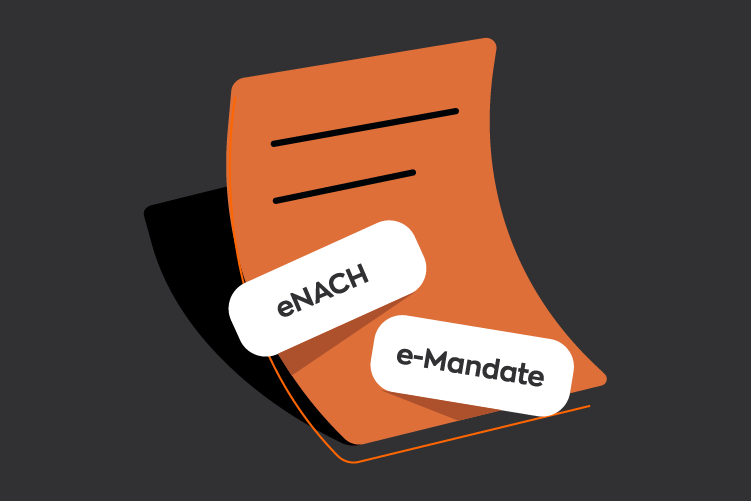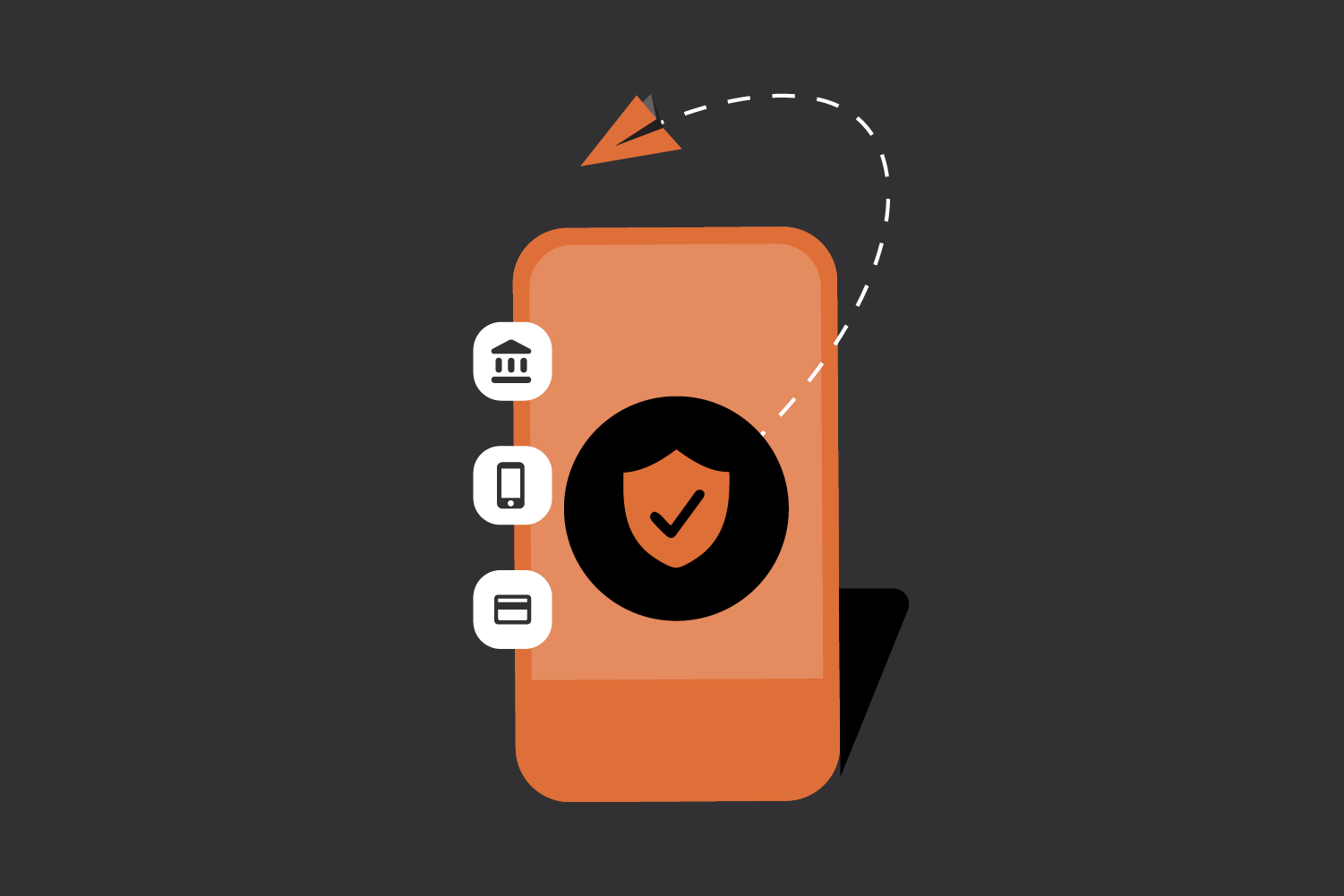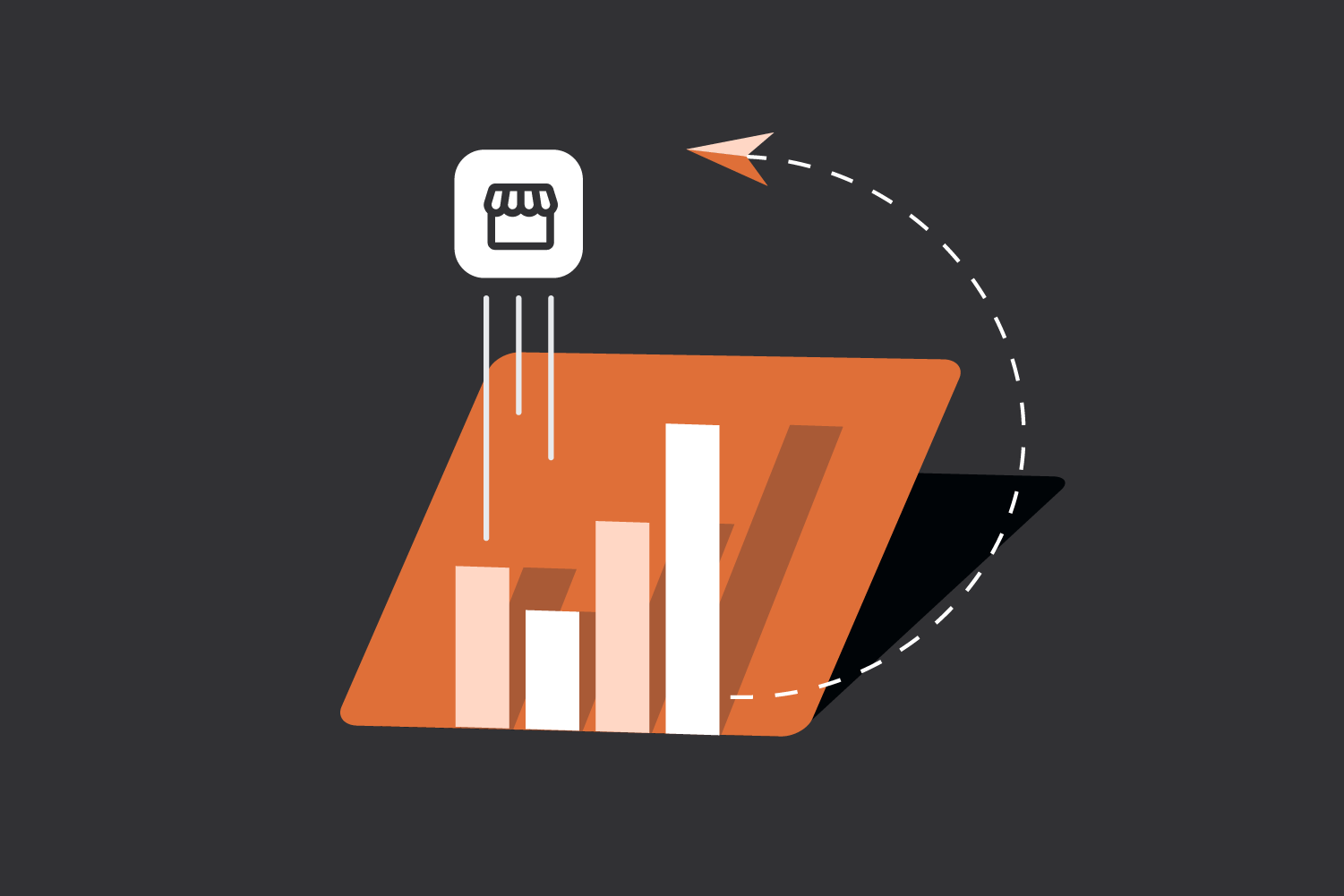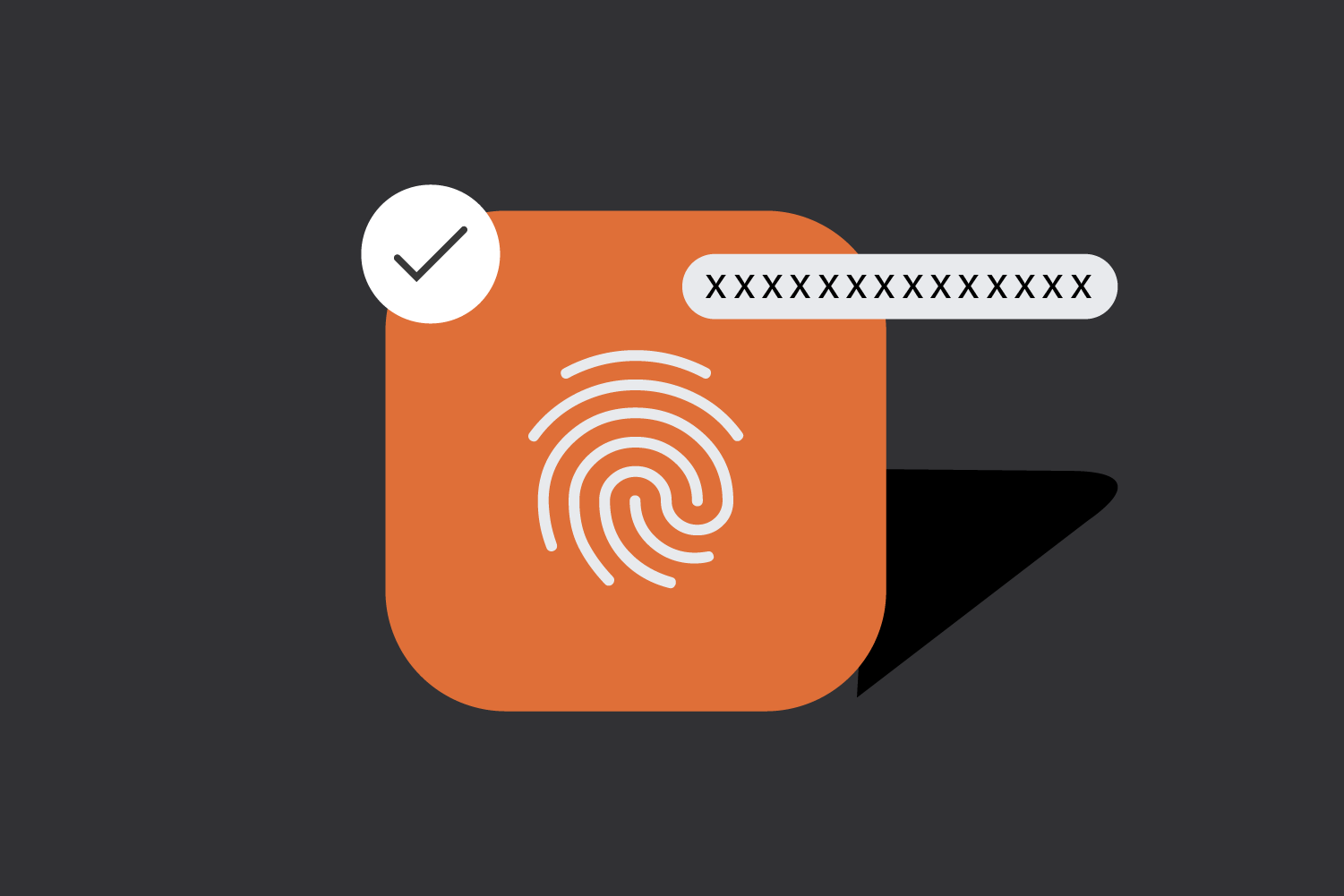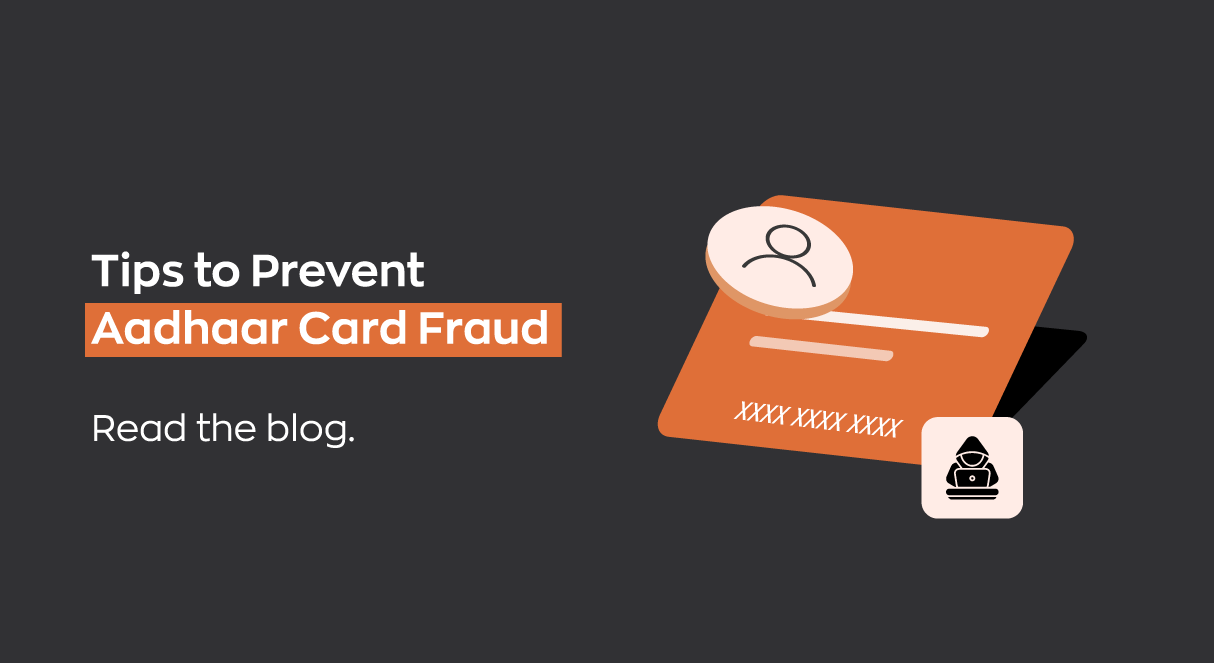Card details were often stored in databases, making them prime targets for hackers. If these systems were breached, attackers could access sensitive payment data, putting both businesses and their customers at risk. Tokenization was introduced as a more secure method to protect this information. It replaces sensitive data with unique, meaningless tokens that are useless on their own.
Prior to tokenization, businesses relied on encryption and stored cardholder data, but these methods still left gaps in security. Storing actual card details also made it harder to comply with evolving regulations like PCI DSS. Tokenization addresses these vulnerabilities by removing sensitive data from storage, ensuring that even if tokens are compromised, they hold no real value. This shift not only helps prevent fraud and breaches but also simplifies compliance, offering a more robust solution for securing payment transactions.
What is Tokenization and How It Works
Tokenization is a data security method that turns sensitive information, like credit card numbers, into random strings of characters, called tokens. These tokens are meaningless on their own and cannot be reverse-engineered to reveal the original data. The actual sensitive data is securely stored in a separate, protected system, while the token is used for transactions.
For example, if your credit card number is 1234-5678-9876-5432, after tokenizing, it might become Tkn_5f92a8b3a9c1. This token can be used for payment processing but cannot be reverse-engineered to access the original credit card number.
In case of a data breach, the exposed token alone is useless, as it doesn’t carry any real payment information. This ensures that the data remains secure.
Here’s a simple breakdown of the process:
- Data collection: When a customer initiates a payment, the payment processor collects the card details.
- Token generation: The processor sends this data to a secure tokenization system, which replaces the card details with a randomly generated token that has no intrinsic value.
- Token use: The token is stored in place of the original data and is used for subsequent transactions, while the actual sensitive data is securely stored in a vault or not stored at all.
- Token validation: The token can only be decrypted by the payment processor’s secure system, ensuring that unauthorized parties cannot access the original data.
How Tokenization Fixed Key Issues
Tokenization addresses many of the issues previously faced by businesses when securing sensitive payment data. Here’s how it solves these challenges:
- Data protection: Tokenization replaces sensitive data with a unique identifier or “token,” ensuring the real cardholder data is never stored or transmitted in an insecure form.
- Fraud reduction: Tokenization aids fraud detection by generating unique tokens for each transaction, tied to specific parameters like the merchant or device. Any misuse or mismatch immediately flags potential fraud.
- Improved customer trust: Customers are more likely to engage with businesses that demonstrate a commitment to security, knowing their payment data is protected.
- Reduced exposure: Even in the event of a data breach, tokens cannot be used to carry out fraudulent transactions, as they don’t contain any meaningful payment information.
- Cost reduction: Reduced risks of data breaches and fraud lower the potential costs associated with managing these issues.
Things To Consider
When selecting a payment gateway, there are a few important factors to consider:
- Tokenization features: Ensure the gateway offers strong tokenization capabilities, including token storage and secure encryption processes.
- PCI DSS compliance: A payment gateway that offers tokenization should be PCI DSS compliant, as this indicates adherence to best security practices.
- Scalability: The gateway should be able to support your business as it grows, including handling higher transaction volumes securely.
- Integration ease: Consider how easily the payment gateway can integrate with your existing systems and workflows without adding significant complexity.
Conclusion
Tokenization has undoubtedly transformed the way businesses secure payment data, addressing the vulnerabilities that were once prevalent in payment systems. With its ability to replace sensitive information with a random token, businesses can mitigate risks, simplify compliance, and enhance customer trust. As cyber threats continue to evolve, solutions like tokenization are becoming increasingly essential.
Choosing a payment gateway like Zwitch, with robust tokenization features, can ensure your business stays ahead in security and compliance. Zwitch’s tokenization solutions give businesses the confidence to process payments securely while safeguarding customer data and reputation.
Interested in our APIs? Let’s talk!
Tell us your automation goals, and we’ll set you up with a free, personalized demo from our API expert.
Click HereFAQs
What is tokenization and why is it important for data security?
Tokenization replaces sensitive data like credit card numbers with meaningless tokens. This process helps protect payment information by making the tokens useless without the original data.
How does tokenization work in payment gateway transactions?
In tokenization, sensitive payment details are replaced with unique tokens. These tokens are used for transactions, while the actual data is stored securely, reducing the chances of exposure during processing.
How does tokenization help prevent fraud?
Tokenization generates unique tokens for each transaction, which are tied to specific details. If tokens are misused or mismatched, it can quickly flag fraudulent activities. This protects businesses and customers.
What should I look for when choosing a payment gateway?
When selecting a payment gateway, ensure it offers robust tokenization features, PCI DSS compliance, scalability, and smooth integration with your existing systems to ensure secure transactions.



